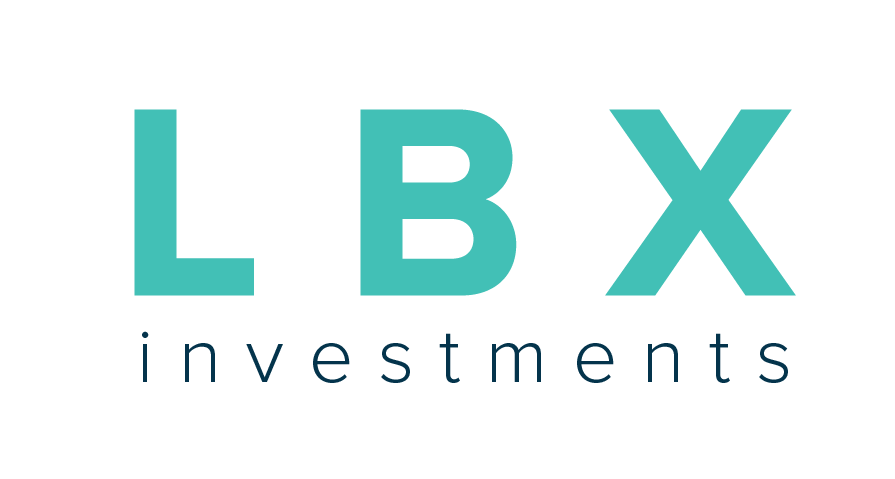INVESTMENT STRATEGY
LBX Residential invests in Class B value add multifamily, with a nationwide focus on vibrant and growing secondary markets with dynamic demographics and good school districts. Rent growth and occupancy in Class B multifamily assets that fit our criteria tend to exhibit strength during good economic times and resiliency through downturns. We believe recent market volatility could create attractive buying opportunities as collections and incomes are impacted by reduced employment and incomes. We anticipate this economic climate will provide entry points to properties at attractive valuations and cash yields, where we can enhance value through growing rents, adding services, making targeted upgrades and/or reducing operating expenses.
The segment also benefits from a supply shortage and strong demand drivers that have remained largely unchanged since the Great Financial Crisis. Apartments in the middle of the rental housing pack comprise ~70% of national multifamily housing stock but only account for ~10% of newly developed supply, failing to keep up with annual demand requirements. Today’s elevated construction costs do not allow for development of Class B units.
STRONG PRE-EXISTING DEMAND DRIVERS CONTINUE TO PERSIST
A growing renter population creates a constant source of demand for Class B housing.
LIFESTYLE CHANGES HAVE FUELED APARTMENT GROWTH
Flight from gateway cities, changes in consumer preferences, and delays in major life decisions are delaying home purchases and/or making rentals more attractive
LIMITED ADDITIONS TO NEW SUPPLY
Newly developed Class B assets are rare, as most new product is Class A. The cost to build makes Class B development uneconomic, and demand exceeds new supply
RECESSION-RESISTANT ASSET CLASS
Rent growth of Class B Multifamily has consistently outpaced inflation through periods of economic expansion and tends to be more resilient than Class A and C rental housing through downturns.
FINANCING IS AVAILABLE AND ATTRACTIVE IN TODAY’S MARKET
Interest rates have dropped sharply since early 2020, widening the spread between going-in cap rates and financing costs.
HIGH GROWTH SECONDARY MARKETS HAVE OUTPERFORMED GATEWAY CITIES
This country’s most dynamic metros are thriving secondary markets such as Atlanta, Austin, Nashville, and Denver.











